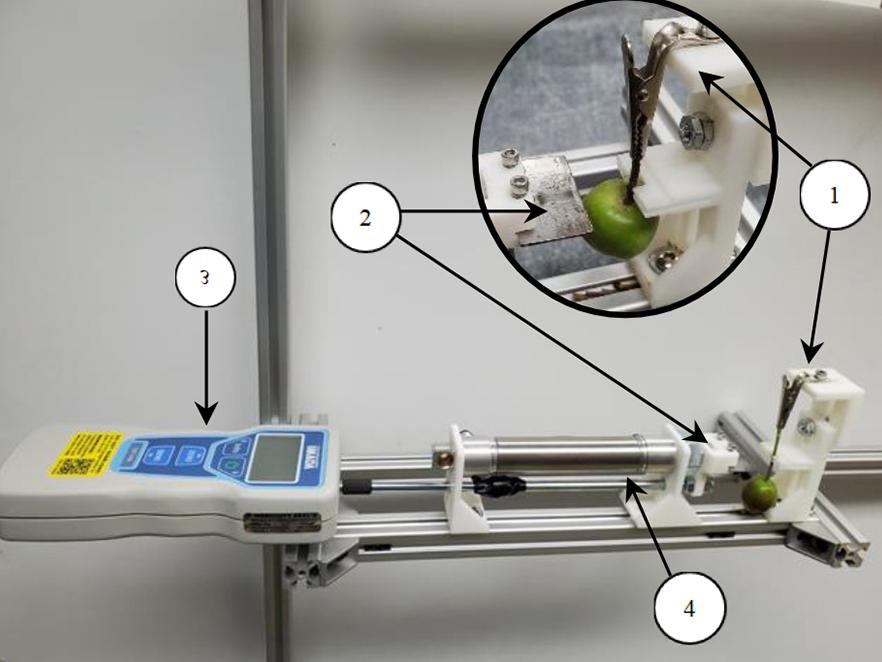新しいタイプのニューラルネットワークが、仮想ワインテイスティングテストで成功を収め、エネルギー消費量の少ない人工知能を実現することを約束しました。 A new type of neural network aced a virtual wine-tasting test and promises a less energy-hungry version of artificial intelligence.
2022-07-18 アメリカ国立標準技術研究所(NIST)
ワインの鑑定家と同じように、AIシステムも仮想味覚を訓練する必要があった。研究チームは、3種類のブドウから作られた178種類のワインのデータセットから、148種類のワインを使ってネットワークを訓練した。各バーチャルワインには、アルコール度、色、フラボノイド、灰分、アルカリ度、マグネシウムなど、考慮すべき13の特性があった。それぞれの特性には0から1の値が割り当てられており、ネットワークがあるワインと他のワインを区別する際に考慮されるようになっている。
その後、初めて見る30種類のワインを含む全データセットに対して、仮想ワインテイスティングテストを行った。すると、95.3%の成功率で合格した。30種類のワインのうち、学習していないワインの間違いは2つだけだった。
ポイントは、AIソムリエを作ることではありません。むしろ、この初期の成功は、MTJデバイスのアレイをスケールアップして、新しいAIシステムを構築するために使用できる可能性があることを示している。
<関連情報>
- https://www.nist.gov/news-events/news/2022/07/nanomagnets-can-choose-wine-and-could-slake-ais-thirst-energy
- https://journals.aps.org/prapplied/abstract/10.1103/PhysRevApplied.18.014039
磁気トンネル接合パッシブアレイへのバイナリニューラルネットワークの実装 Implementation of a Binary Neural Network on a Passive Array of Magnetic Tunnel Junctions
Jonathan M. Goodwill, Nitin Prasad, Brian D. Hoskins, Matthew W. Daniels, Advait Madhavan, Lei Wan, Tiffany S. Santos, Michael Tran, Jordan A. Katine, Patrick M. Braganca, Mark D. Stiles, and Jabez J. McClelland
Physical Review Applied Published 18 July 2022
DOI:https://doi.org/10.1103/PhysRevApplied.18.014039
ABSTRACT
The increasing scale of neural networks and their growing application space have produced demand for more energy- and memory-efficient artificial-intelligence-specific hardware. Avenues to mitigate the main issue, the von Neumann bottleneck, include in-memory and near-memory architectures, as well as algorithmic approaches. Here we leverage the low-power and the inherently binary operation of magnetic tunnel junctions (MTJs) to demonstrate neural network hardware inference based on passive arrays of MTJs. In general, transferring a trained network model to hardware for inference is confronted by degradation in performance due to device-to-device variations, write errors, parasitic resistance, and nonidealities in the substrate. To quantify the effect of these hardware realities, we benchmark 300 unique weight matrix solutions of a two-layer perceptron to classify the Wine dataset for both classification accuracy and write fidelity. Despite device imperfections, we achieve software-equivalent accuracy of up to 95.3% with proper tuning of network parameters in 15 × 15 MTJ arrays having a range of device sizes. The success of this tuning process shows that new metrics are needed to characterize the performance and quality of networks reproduced in mixed signal hardware.



